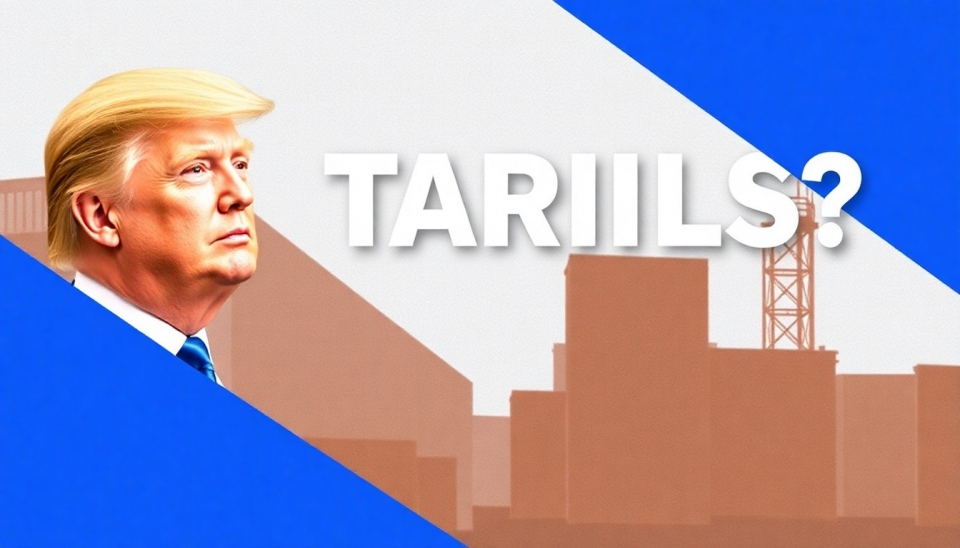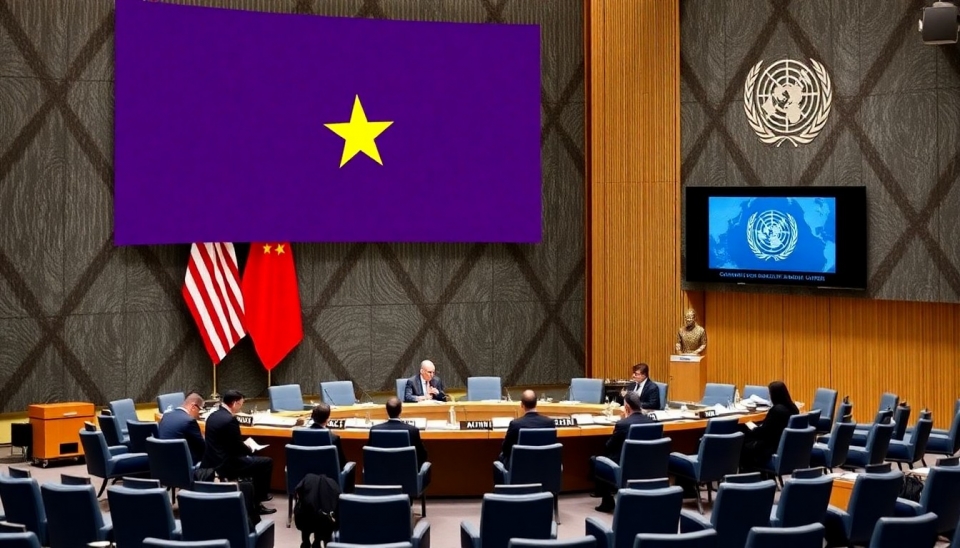Who Really Pays for Trump's Tariffs?

A recent study has revealed that the tariffs imposed by the Trump administration on imported goods are ultimately paid for by American consumers rather than Chinese manufacturers. This finding, based on an analysis of the U.S. economy, underscores that protectionist policies aimed at bolstering domestic producers are leading to increased prices for end users.
Data indicates that tariffs on certain products, such as aluminum and steel, have resulted in price hikes across several sectors. For instance, these materials have become significantly more expensive for industries that utilize them. Consequently, companies like automakers and appliance manufacturers have been compelled to raise their prices, eliciting negative reactions from consumers.
Economists note that despite the intention to create jobs and strengthen the protection of local industries, the outcome of the tariff policy has been not the creation of new jobs, but an increased financial burden on ordinary Americans. Consumers not only pay more for goods but also face a reduced selection as some exporting companies begin to cut back on production in response to high tariffs.
The primary goal of the tariffs was to assist American manufacturers in competing with foreign products, but instead, they have merely heightened costs for domestic companies. This has also sparked a plethora of studies and discussions regarding the long-term effectiveness of such policies.
In summary, Trump’s tariffs, rather than having the expected effect, have led to higher prices for consumers and a less diverse range of products. This raises new questions about whether to continue the practice of tariffs or rethink approaches to supporting the American economy.




